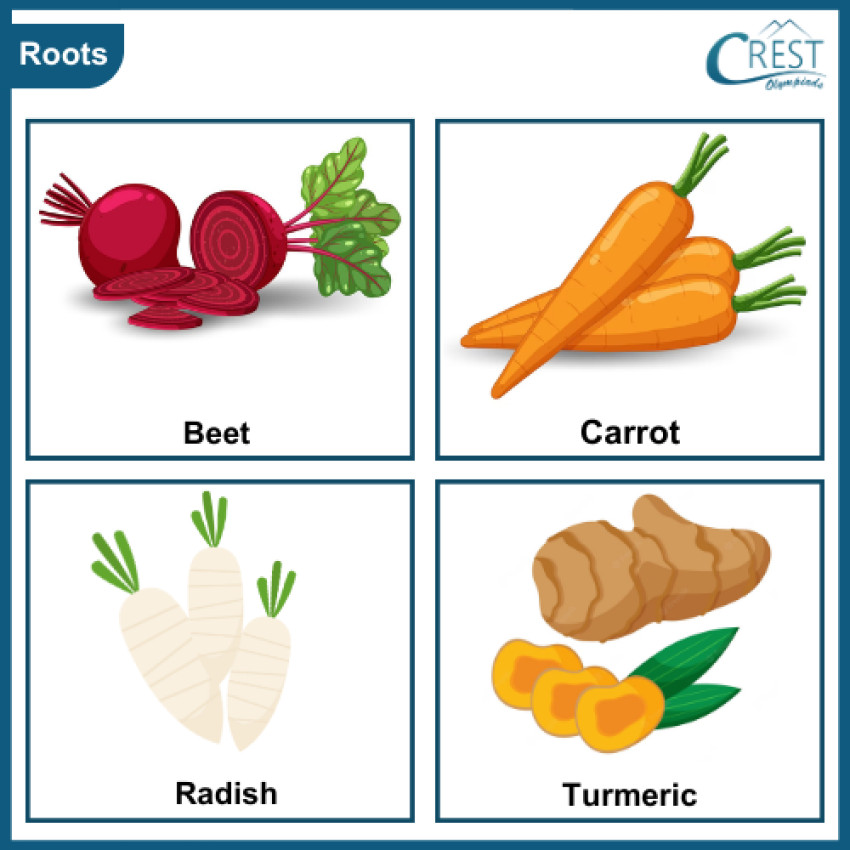
Plants are fascinating living organisms that come in a variety of shapes and sizes. They play a crucial role in our ecosystem by providing us with oxygen, food, and materials. To better understand how plants work, it's essential to learn about their different parts and the functions each part performs.
Roots: Roots are like a plant's hidden helpers. They anchor the plant into the ground and help it stand tall. Roots also absorb water and nutrients from the soil, which are like the plant's food. Just like how we need to drink water and eat food to grow, plants need water and nutrients from the soil to thrive. Roots are usually found underground, and they come in different shapes – some are long and thin, while others are short and stout.
Stem: Imagine if we didn't have a backbone – we wouldn't be able to stand or move! Similarly, the stem is like the backbone of a plant. It holds the plant upright and carries water and nutrients from the roots to the other parts of the plant. The stem also has a crucial job – it supports the leaves, flowers, and fruits. Some stems are woody, like the trunk of a tree, while others are soft and flexible, like the stem of a flower.
Leaves: Are like the plant's solar panels. They capture sunlight and use it to make food for the plant through a process called photosynthesis. Just as we need energy from food, plants need energy from sunlight to grow. Leaves come in various shapes and sizes – some are big and wide, while others are small and narrow. They're often green because of a pigment called chlorophyll, which helps with photosynthesis.
Flowers: Are like nature's artwork. They come in a dazzling array of colors, shapes, and scents. But flowers aren't just pretty to look at – they're essential for making seeds. Flowers have male and female parts that work together to create seeds. Bees, butterflies, and other insects visit flowers to collect nectar, and while they do that, they help move pollen from one flower to another, which leads to seed formation.
Fruits: Have you ever enjoyed a juicy apple or a sweet strawberry? Those are examples of fruits! Fruits are the part of the plant that develops from the flower and holds the seeds. They come in all sorts of shapes and sizes, from tiny berries to large watermelons. Fruits are not only delicious for us but also important for spreading seeds.


